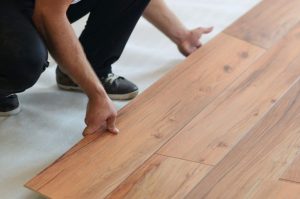Check out our latest news as well as finding useful tips and resources.

 Floor heating solutions for contractors
Floor heating solutions for contractorsColdbuster floor heating works closely with contractors across Australia, providing design advice, technical guidance & support. Contractors who have added Coldbuster floor heating solutions to their business includes electricians, builders, tilers and carpet layers.
Starting a Coldbuster floor heating solutions unit in your business gives you access to Australia’s floor heating market, whose consumers demand affordable, energy-efficient products. Maximise the value of your existing contracts and contacts with access to a product range in a high growth industry.
Benefits of adding Coldbuster floor heating solutions to your business include:
Coldbuster floor heating can be installed under just about any new floor finish available on the market today:
Adding Coldbuster floor heating solutions to your business is a simple no-cost way to increase your sales and business profits with no setup costs, no special tools required, no stock holding requirements and no ongoing account or membership costs.
For every new project, we can assist in specifying the right floor heating solution, be it a single bathroom, a new house or an apartment/office block. Working from a floor plan, we are able to plan and design a floor heating solution best suited to the project.
Coldbuster floor heating can work at the pace of your building program or installation. You don’t have to worry about purchasing and storing materials in one go. When you place your order, we reserve stocks for you. We will ship and bill the floor heaters to you as need them.
Take the next by calling us on 1300 653 914. On receipt of your completed account application form, we will provide you with all the information and training necessary to get you and your teams going right away.
The simplest way to get the right product and the right size of product is to Get A Free Quote
Need Electric Underfloor Heating?
For more information see our Measuring Up for Floor Heating Guide